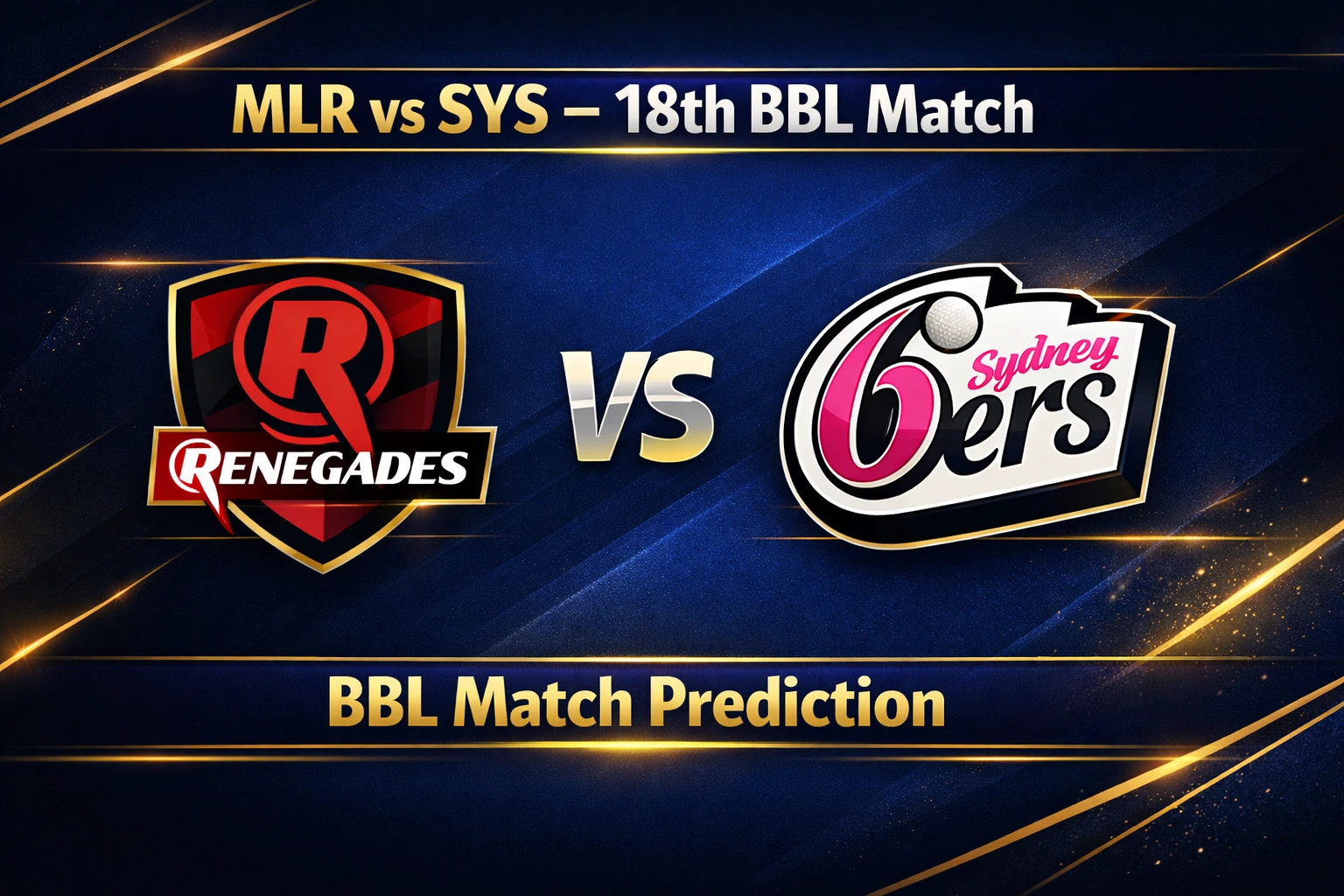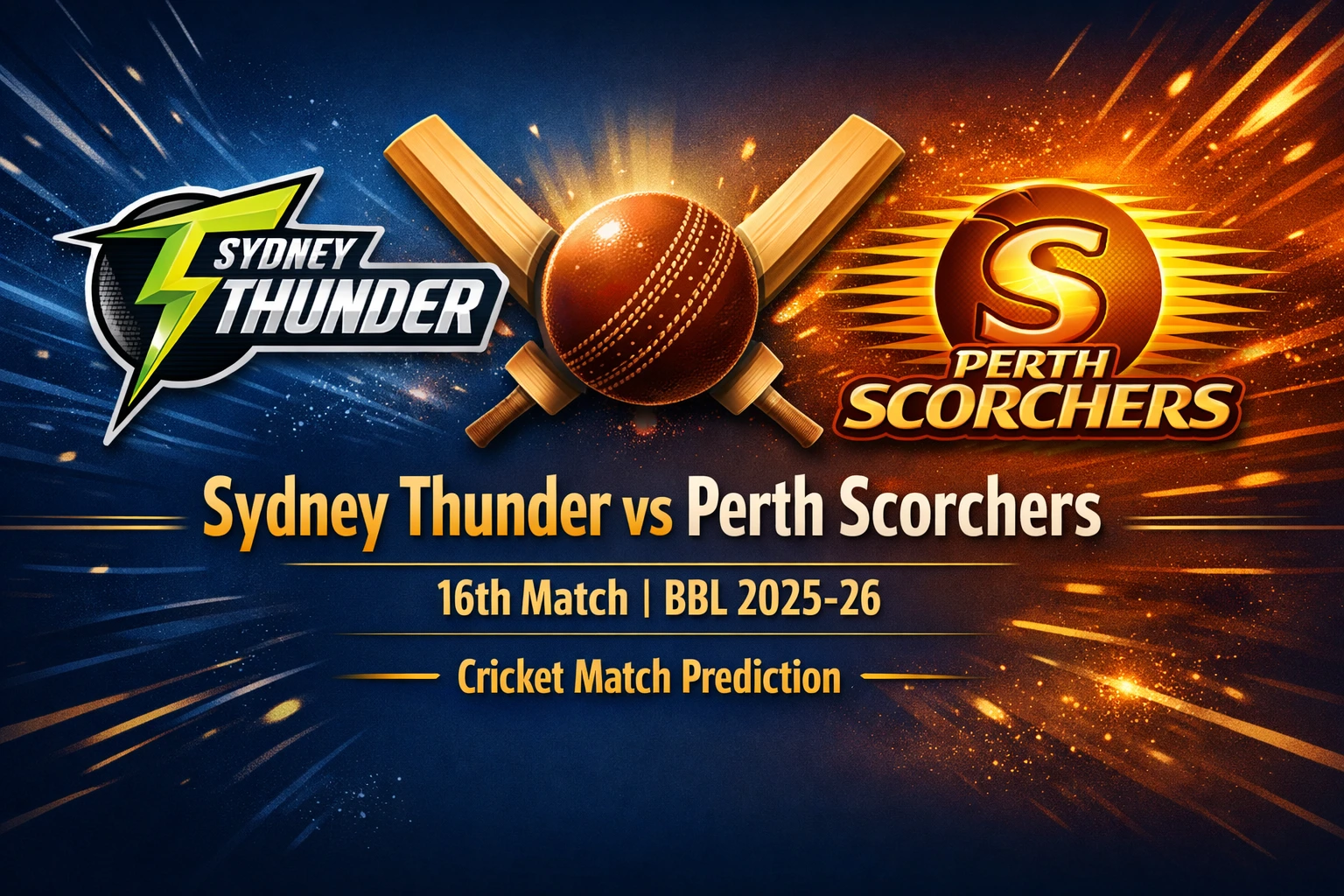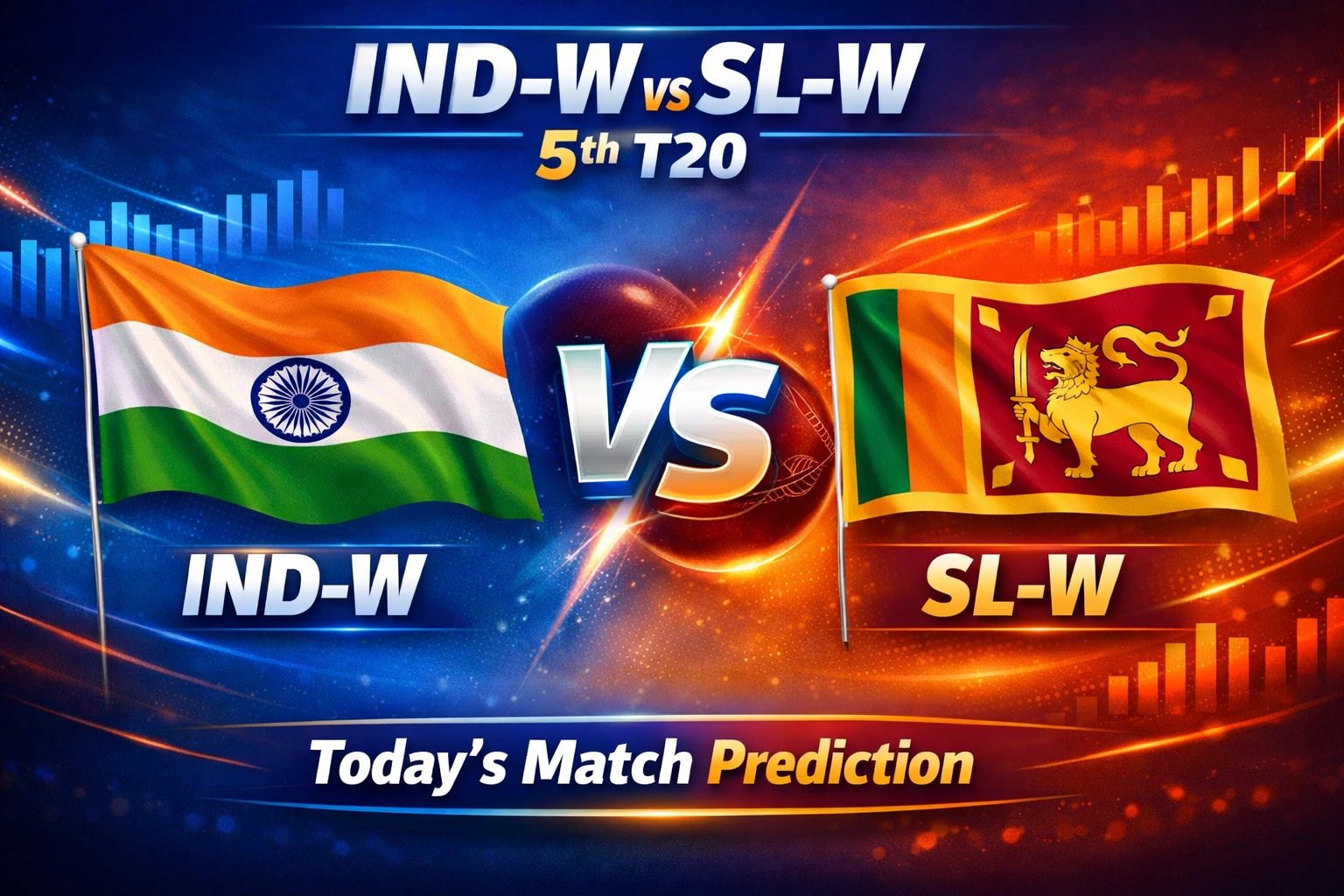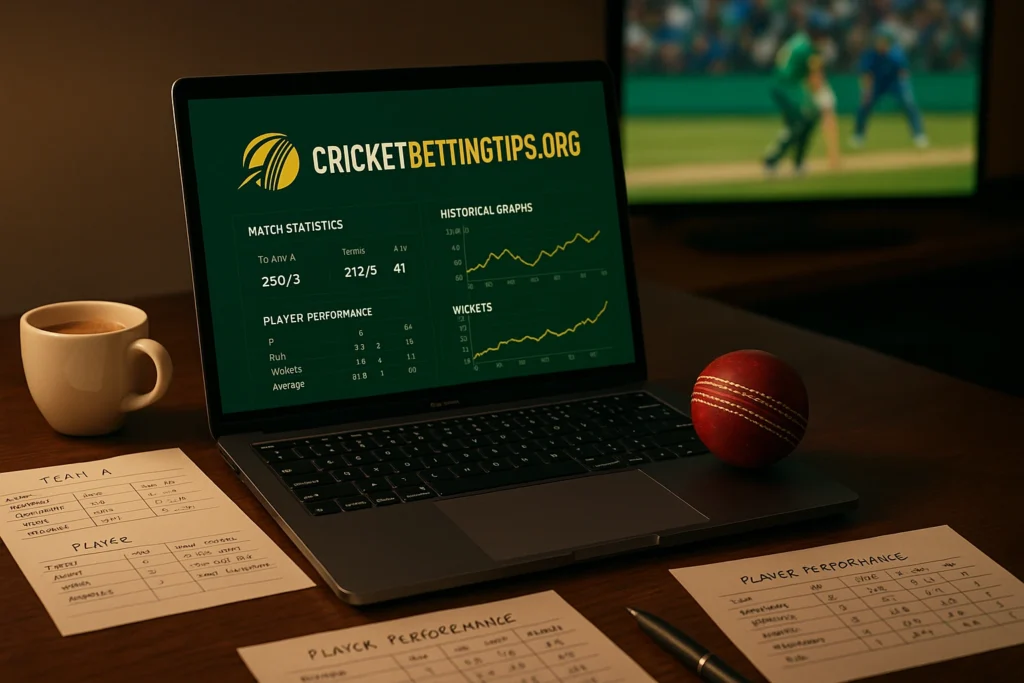Cricket betting isn’t a lucky dip. If you want more wins than losses, you need more than just a “feeling” about who might win. You need something solid to back your calls. That’s where historical data comes in. Matches from the past aren’t just dusty scorecards — they’re blueprints. They tell you how teams react under pressure, which players thrive in certain situations, and how conditions swing the balance. Once you learn how to read those clues, betting stops feeling like guesswork.
So, let’s talk about how to use past results to make better calls.
Why Historical Data Matters
Cricket is a game that leaves a trail of numbers in its wake. Runs scored, wickets taken, overs bowled, strike rates, partnerships, weather conditions — all recorded, all there for you to pick apart.
And here’s the thing: patterns repeat.
A team that has dominated at a specific ground for years often keeps doing it. Some batters seem to score for fun against specific bowlers. Certain pitches always favour spin once the ball gets older. None of that is random.
By looking at history, you start to see the threads that tie past matches to the ones coming up. It’s not about predicting the future perfectly — it’s about shifting the odds in your favour.
Key Data Worth Tracking
Not all stats are worth your time. The trick is knowing which ones help you make smarter bets. Let’s go through the most valuable.
1. Team Performance
Start broad: win-loss records. Then dig deeper. How does a team perform at home compared to away? Does the same side that dominates in their backyard crumble when they travel?
Recent form matters too. A team on a hot streak is dangerous, no matter what their record from three years ago says.
2. Player Statistics
In cricket, a single player can turn a match. That’s why tracking their form is gold.
For batters, look at their average, strike rate, and results against the bowling attack they’re about to face. Someone who destroys spin in the subcontinent might look ordinary on bouncy Australian tracks.
For bowlers, economy rates and strike rates are key, but don’t forget venue records. Some bowlers seem to “own” certain pitches.
3. Head-to-Head Records
Some teams just have a mental edge over others. If one side has taken the last seven out of eight matches against another, that’s not luck — it’s a pattern.
It’s even more telling if those wins came in similar conditions to the upcoming game. A home record might not mean much if the next match is away, but if it’s at the same venue? Pay attention.
4. Match Conditions
Conditions can make or break a team. Historical weather patterns tell you a lot. Dew at night can make chasing easier. Cloudy mornings might tilt the match in favour of seamers.
Then there’s the pitch. Some stay flat all day. Others crack up and turn into spin paradises. Looking at how the surface has behaved in the past can guide you toward the right bets.
Making Data Work for You
Collecting numbers is the easy part. The real trick is knowing how to use them.
Weigh Short-Term Over Long-Term Trends
Long-term records tell you the big picture. Short-term records tell you what’s happening right now. If a team with an excellent three-year record has lost four of its last five matches, the recent slump is what matters for your bet.
Match the Data to the Conditions
A record at the MCG means little if the next game is in Chennai. Always compare like with like. Different venues change the game entirely — pace-friendly one day, spin-heavy the next.
Watch Player Match-Ups
Some rivalries aren’t team vs team — they’re player vs player. If a bowler has dismissed a batter multiple times in just a handful of games, that’s worth noting. Perfect for markets like “top batter” or runs over/under.
Hunt for Value Bets
Sometimes the bookmakers miss a pattern. That’s where you strike.
If a side has a history of chasing totals successfully under lights at a particular venue, but the odds don’t reflect it, you’ve found a bet worth taking.
Avoid These Common Pitfalls
- Living in the past: Old stats from a completely different squad don’t help you much.
- Ignoring the opponent: A batter might look great… until you see their record against top-tier bowling.
- Overcomplicating it: More numbers don’t always mean better bets. Focus on the ones that directly affect results.
Pulling It All Together
Think of historical data like a map. Each stat is a landmark. The more you read it, the easier it becomes to see where the next game might go.
You’re not trying to predict every ball — that’s impossible. You’re looking for the signs that point you toward the most likely outcomes. And the more you do it, the sharper your eye becomes.
Conclusion
Betting on cricket is a lot more rewarding when you go in prepared. Historical data gives you that preparation. It’s about spotting patterns, matching them to current conditions, and making choices backed by more than just guesswork.
For the latest expert analysis, match predictions, and more cricket betting tips, visit CricketBettingTips.org. Our platform provides in-depth insights, real-time updates, and valuable resources to help you make smarter, more informed betting decisions. Stay ahead of the game with the best cricket betting strategies and expert advice right at your fingertips.





